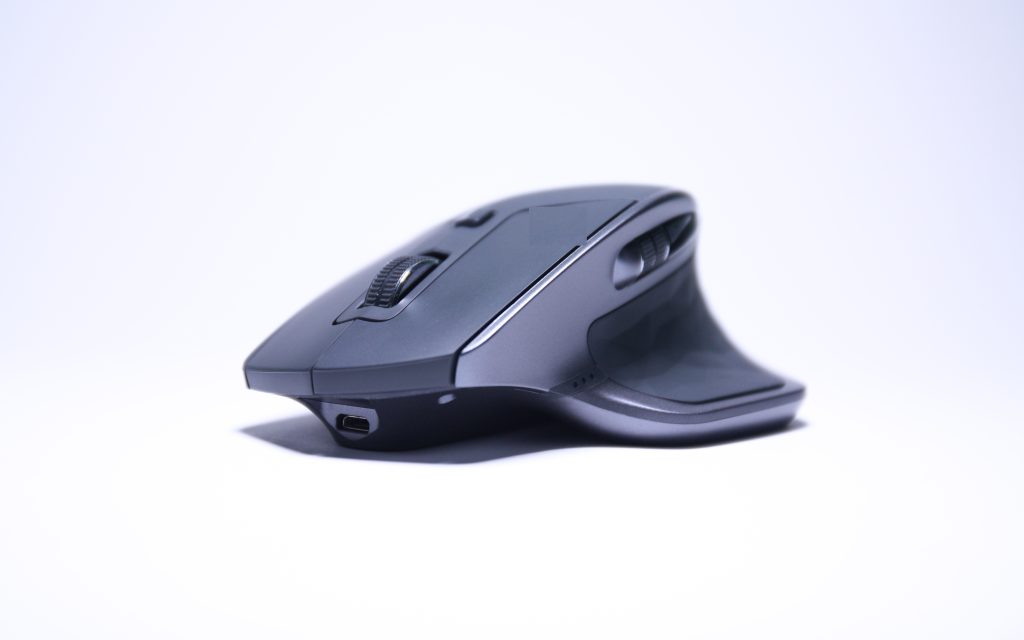Ergonomic Mouse: Navigating Comfort and Efficiency
In today’s digital age, the computer mouse is a ubiquitous tool that accompanies us through hours of work and leisure. But what if this seemingly simple device could be transformed into a conduit of comfort and efficiency? Enter the ergonomic mouse – a technological innovation designed to revolutionize the way we interact with our computers. In this blog post, we’ll explore the world of ergonomic mouse, their benefits, and how they are shaping the landscape of computing.
Understanding Ergonomic Design
An ergonomic mouse is crafted with the human hand in mind. Its design takes into consideration the natural contours of the hand, providing optimal support and reducing strain during prolonged use. This departure from the traditional “one-size-fits-all” mouse design aims to mitigate the discomfort and potential health issues associated with extended computer usage.
The Benefits of Ergonomic Mouse
- Comfortable Grip: Ergonomic mouse offer different grip styles – palm, claw, or fingertip – accommodating individual preferences and hand sizes.
- Reduced Strain: The design supports a more relaxed hand and wrist position, preventing strain on tendons and muscles that can lead to conditions like carpal tunnel syndrome.
- Enhanced Productivity: The comfort and reduced strain enable longer, more focused computing sessions, ultimately boosting productivity.
- Customizable Controls: Many ergonomic mouse come with customizable buttons and features, allowing users to personalize their interaction with the device.
- Wireless Connectivity: Ergonomic wireless mouse eliminate cable clutter, providing greater freedom of movement while maintaining ergonomic benefits.
Choosing the Right Ergonomic Mouse
- Hand Size and Grip: Consider your hand size and preferred grip style when choosing an ergonomic mouse to ensure a comfortable fit.
- Adjustable DPI: Look for adjustable DPI (dots per inch) settings to control the sensitivity and speed of cursor movement.
- Programmable Buttons: If you rely on shortcuts and macros, opt for a mouse with programmable buttons for streamlined workflow.
- Wired or Wireless: Decide whether you prefer a wired or wireless ergonomic mouse based on your workspace setup and mobility needs.
Beyond the Traditional Mouse
- Vertical Ergonomic Mouse: These mouse position the hand in a handshake-like grip, reducing forearm pronation and wrist strain.
- Trackball Mouse: Trackball mouse have a stationary ball that users roll to move the cursor, minimizing wrist movement.
- Pen-Style Mouse: Resembling a pen or stylus, these mouse offer a natural grip and are popular among graphic designers and digital artists.
Conclusion
Ergonomic mouse exemplify the harmonious blend of technology and human-centered design. By prioritizing comfort, reducing strain, and enhancing productivity, they contribute to a more ergonomic and efficient computing experience. As we continue to spend significant portions of our lives in front of screens, embracing the ergonomic mouse is a step towards safeguarding our well-being while navigating the digital realm.
